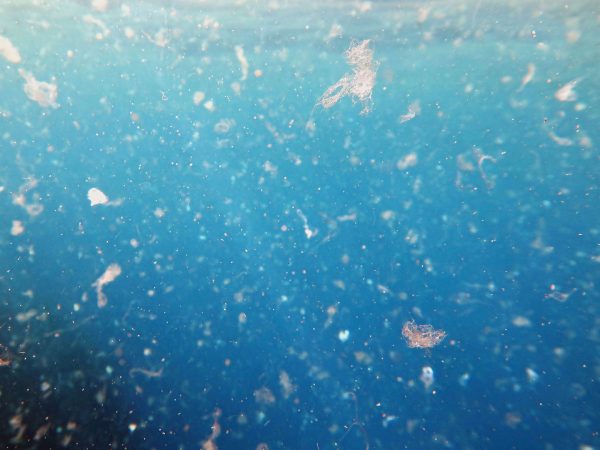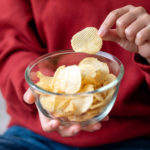Plastic Everywhere, Even In Human Waste

Volunteers from eight countries around the world agreed to keep food diaries for a week and then provide stool samples for analysis. Lab results showed that all the samples contained tiny bits of plastic. Researchers in Austria who analyzed the plastic identified nine different types. The participants’ food diaries showed that the plastic could have come from food wrappers or bottles, and in six cases may have come from ocean going fish. Because different types of plastics were found, the researchers suggested there were multiple sources of contamination and ingestion ranging from food processing and packaging to shellfish and sea salt. They wrote that in animals, plastic may “translocate into gastrointestinal tissues or other organs and cause deleterious effects.” Study leader Philipp Schwabl of the Medical University of Vienna called for larger studies to validate the new findings as well as research on the origins of microplastics ingested by humans, their potential intestinal absorption and effects on human health.
Source:
Philipp Schwabl et al, “Detection of Various Microplastics in Human Stool: A Prospective Case Series,” Annals of Internal Medicine, September 3, 2019
More from this week’s bulletin:
- Plant Protein For Longer Life
- Low-Fat Diet For Women’s Health
- This week’s recipe: Lemon Olive Oil Cake












